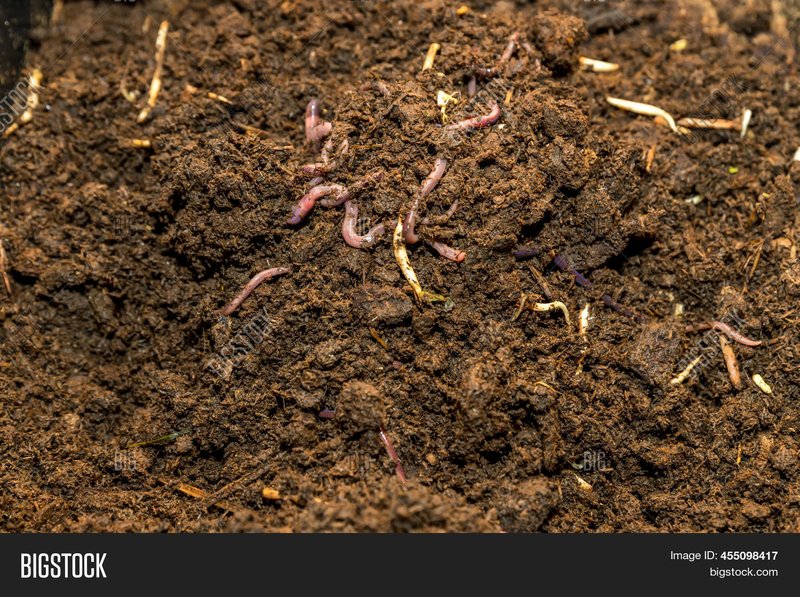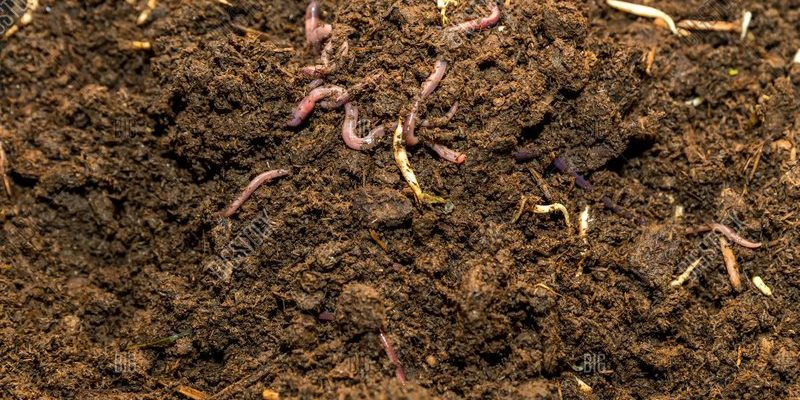
Soil erosion is a big deal; it’s like a house losing its bricks during a storm. When topsoil washes away, we lose not just dirt but nutrients that plants depend on. And this is where earthworms come into play. By tunneling through the soil, they create pathways that let water soak in rather than run off. Let me explain how these wriggly helpers contribute to soil health and what we can do to support them.
How Earthworms Help Fight Soil Erosion
Earthworms provide a laundry list of benefits to the soil, but one of their most critical roles is preventing soil erosion. When rainwater hits bare soil, it can sweep away valuable topsoil, leaving behind a parched landscape that struggles to support plant life. Here’s how earthworms help:
- Soil Structure Improvement: Earthworms create burrows, which improve soil structure. These tunnels allow air and water to penetrate deeper into the ground, making it less likely for rain to wash away the soil.
- Nutrient Mixing: As they munch on organic matter, earthworms mix nutrients into the soil. This enhanced nutrient distribution promotes healthy plant growth, which in turn stabilizes the soil.
- Reducing Runoff: By creating a sponge-like effect in the soil, earthworm activity can diminish surface runoff during heavy rains, leading to less erosion.
When the soil is loosened up from their tunneling, water can soak in more readily instead of pooling on the surface. This property is incredibly valuable in stormy weather—think of it like having a sponge under your kitchen sink to soak up spills!
Why Healthy Soil Matters
Are you wondering why we should care so much about soil health? Well, healthy soil is the foundation for every plant, tree, and flower around us. Without it, our crops struggle, and gardens fail to flourish. Healthy soil means:
- Better Plant Growth: Nutrient-rich soil fosters the growth of strong, vibrant plants.
- Water Retention: Well-structured soil retains moisture, meaning plants have access to water even during dry spells.
- Support for Wildlife: Healthy soil supports diverse ecosystems, creating habitats for various creatures—from bees to birds.
Think of soil as an intricate tapestry. Each thread—whether it’s a tiny earthworm, a piece of compost, or a root—plays a role in maintaining the overall beauty and health of our environment. When one thread weakens, the whole tapestry can unravel.
How to Encourage Earthworm Populations
If you’ve caught wind of how great earthworms are for soil health, you might be asking yourself, “How do I get more of these little guys in my garden?” Thankfully, encouraging earthworm populations isn’t complicated. Here are some simple steps:
- Compost: Earthworms love organic matter! By adding compost to your garden, you create a feast for them.
- Avoid Chemicals: Pesticides and chemical fertilizers can harm earthworm populations. Opt for natural gardening methods whenever possible.
- Moist Environment: Earthworms thrive in moist environments. Water your garden regularly, ensuring it’s damp but not waterlogged.
Honestly, creating a haven for earthworms can turn your garden into a vibrant ecosystem. Plus, you’ll reap the benefits of having healthier plants, which can be a real confidence booster for any gardener.
The Connection Between Earthworms and Sustainable Gardening
Sustainable gardening is all about working in harmony with nature. By understanding the role of earthworms, you can incorporate practices that not only support them but enhance your garden’s ecosystem overall. Here’s why this connection is crucial:
- Natural Soil Aeration: Instead of relying on machines that can compact the soil and damage its structure, let earthworms do the heavy lifting. Their tunneling aerates the soil naturally.
- Organic Matter Breakdown: Earthworms aid in breaking down organic matter, returning nutrients to the soil and minimizing waste.
- Enhanced Biodiversity: Promoting earthworm populations fosters a diverse ecosystem, which can lead to healthier plants resistant to pests and diseases.
You might be thinking, “This sounds great, but how practical is it?” Well, even small changes in your gardening habits can lead to significant improvements in soil health and erosion prevention.
Common Myths About Earthworms
As with any topic, there are a few myths about earthworms that need busting. Here are some common misconceptions:
- All Earthworms Are the Same: Different species of earthworms have varying roles in the ecosystem. Some are better at improving soil structure, while others excel at decomposition.
- Earthworms Are Pests: While they can occasionally overpopulate, earthworms are generally beneficial and help maintain soil health.
- Only Gardeners Should Care: Everyone impacts soil health, whether you live in a city or a rural area. Educating yourself on soil conservation helps the planet overall.
When we shed light on these myths, we empower ourselves to take better care of our gardens and the environment.
The Role of Earthworms in Our Ecosystem
Earthworms play a central role in supporting not just gardens but entire ecosystems. They serve as food for many species, including birds and small mammals. By promoting earthworm health, we create a ripple effect that benefits higher levels of the food chain.
- Food Source: Their presence in the soil can support a plethora of wildlife, promoting biodiversity.
- Soil Health Indicators: A thriving earthworm population often indicates healthy soil, serving as a natural monitor for environmental conditions.
- Carbon Sequestration: Earthworms can help in storing carbon in the soil, playing a role in combating climate change.
Here’s the thing: by nurturing earthworms, we’re not just helping our gardens but contributing to a healthier planet.
In Conclusion
Earthworms might seem like simple creatures, but their role in soil erosion prevention is anything but trivial. From improving soil structure to supporting broader ecosystems, they’re like the unsung heroes of the gardening world. By understanding how they work and how we can help them thrive, we contribute to a healthier environment and sustainable gardening practices.
Next time you’re in the garden, take a moment to appreciate these little soil soldiers. They’re working hard beneath the surface, ensuring that our planet stays green and vibrant. With a little care and understanding, we can assist in their vital mission for generations to come.

